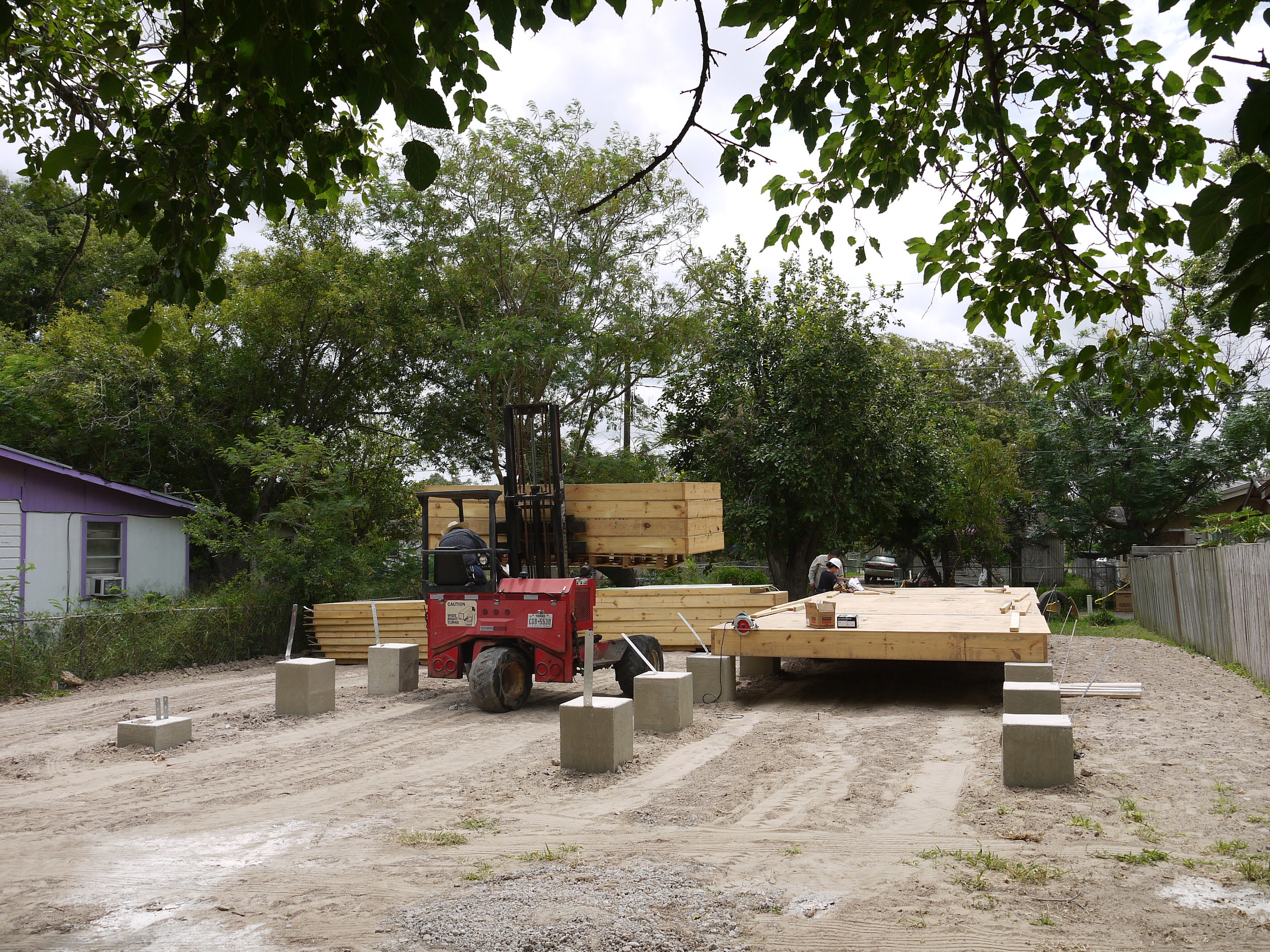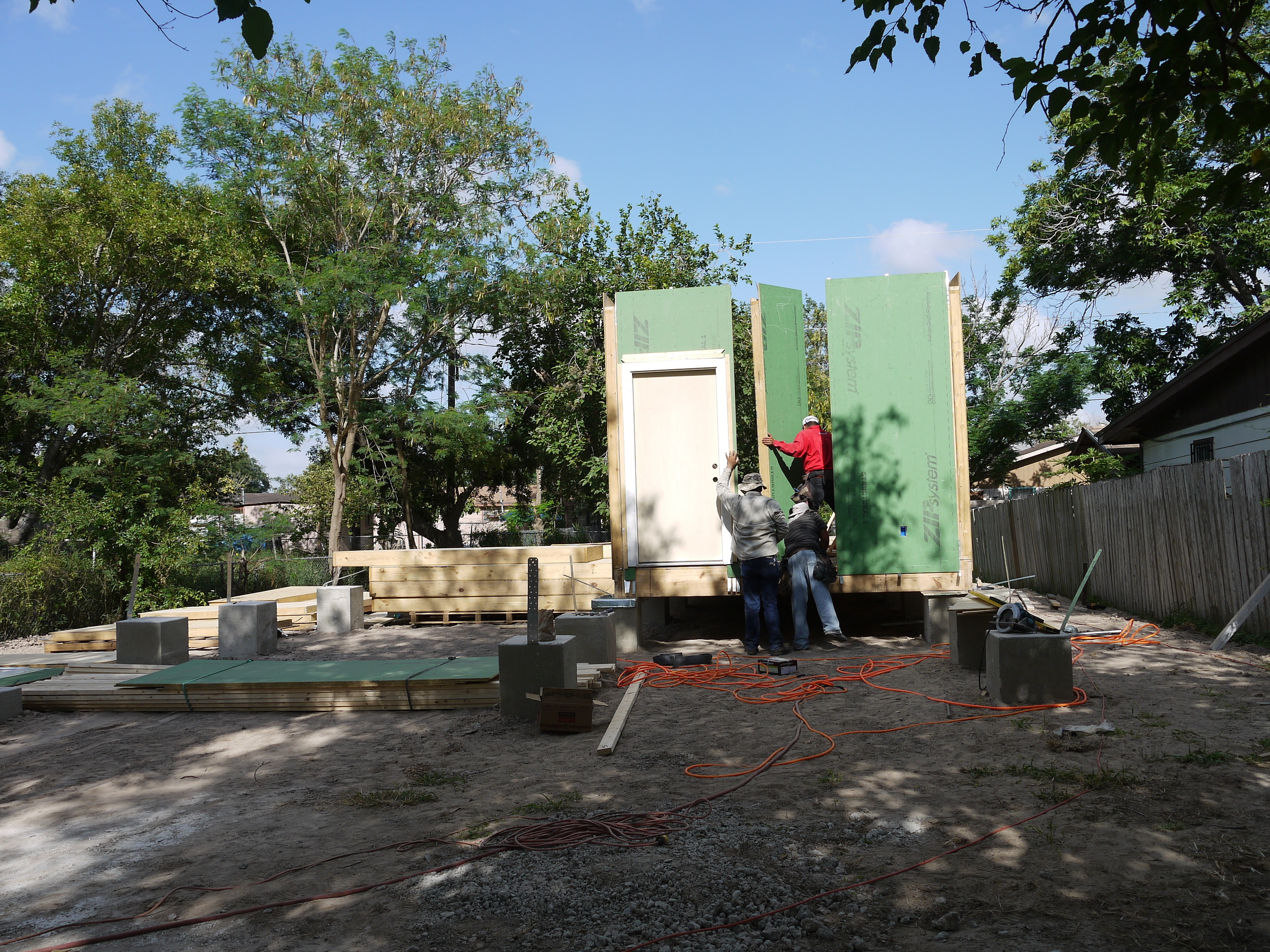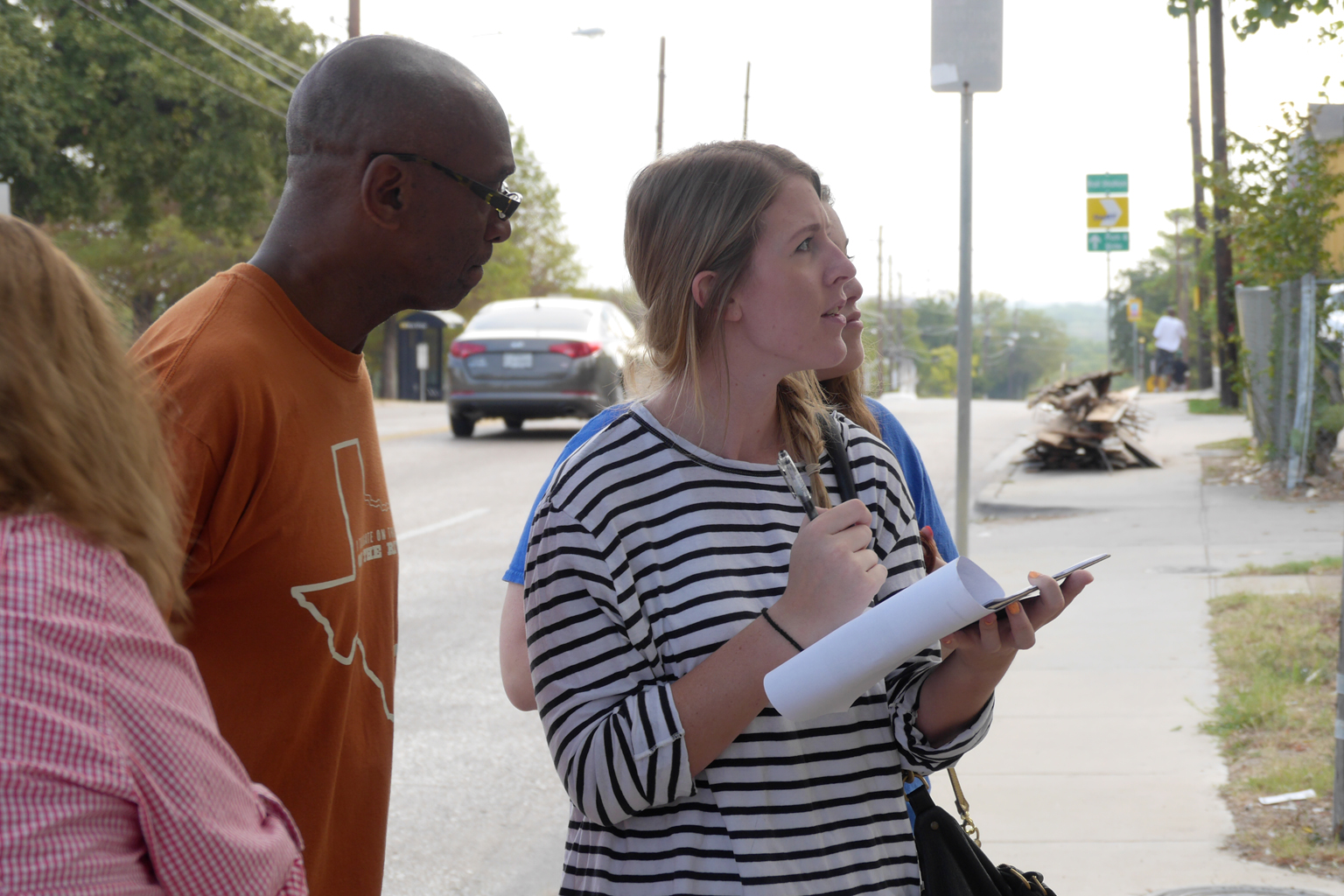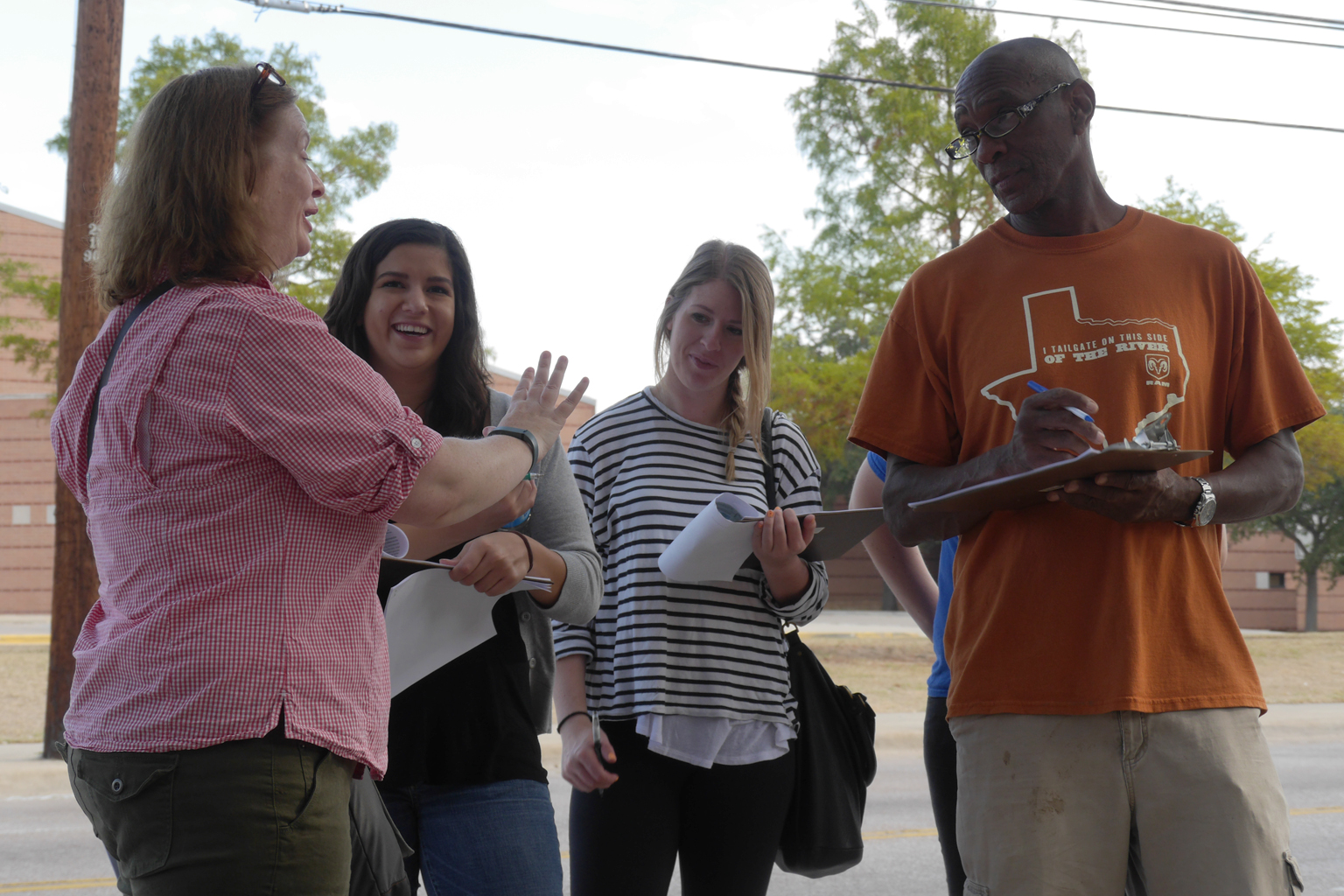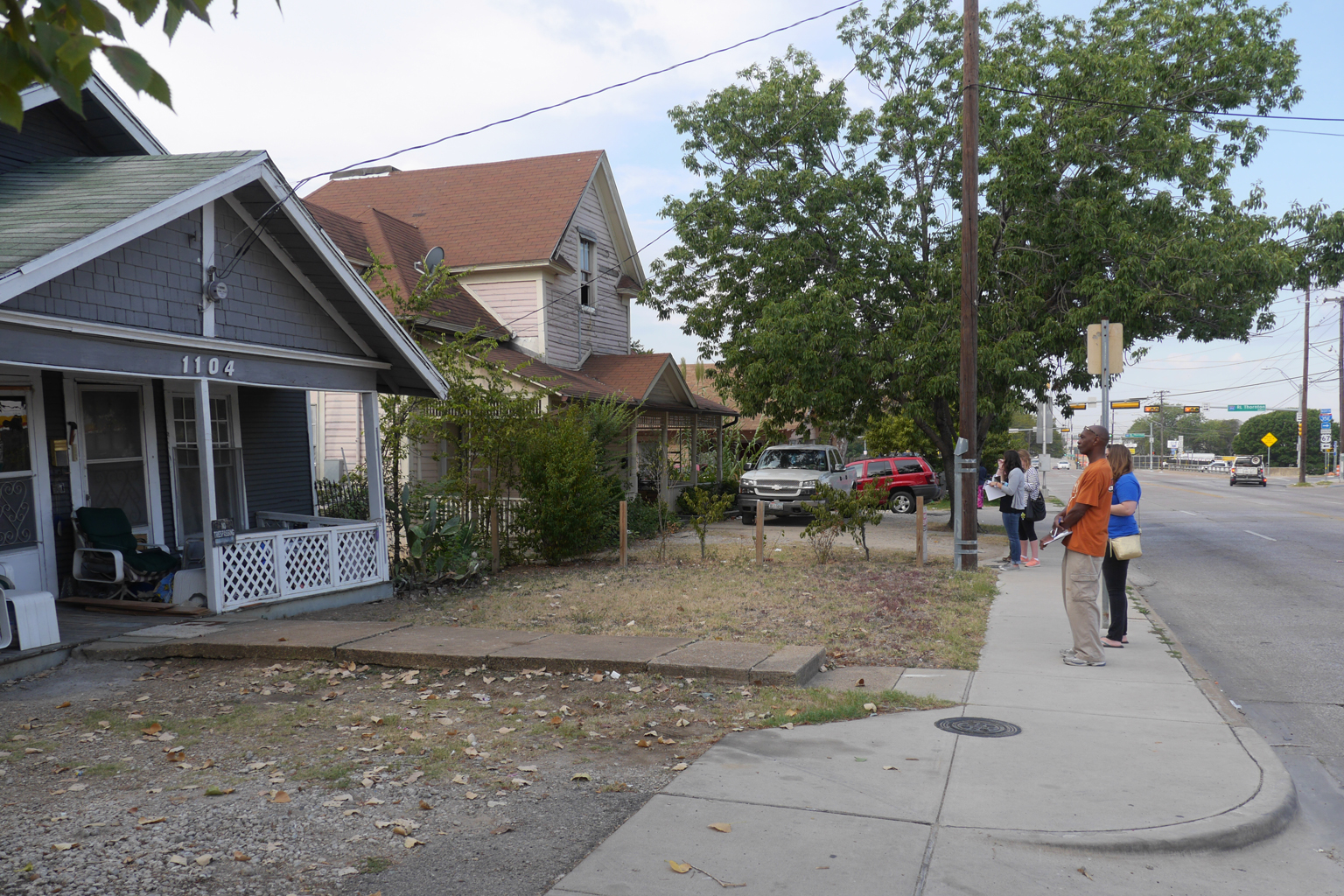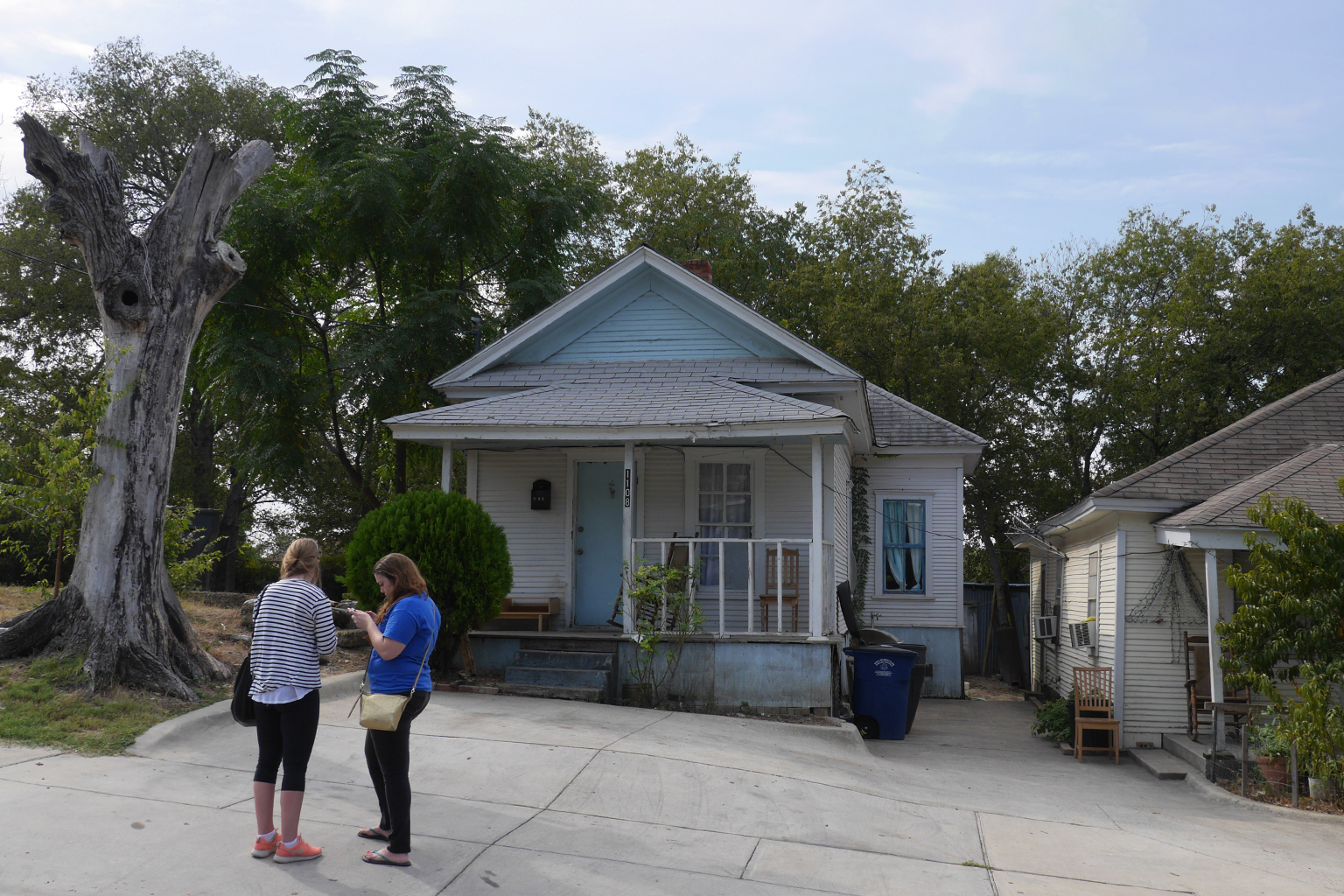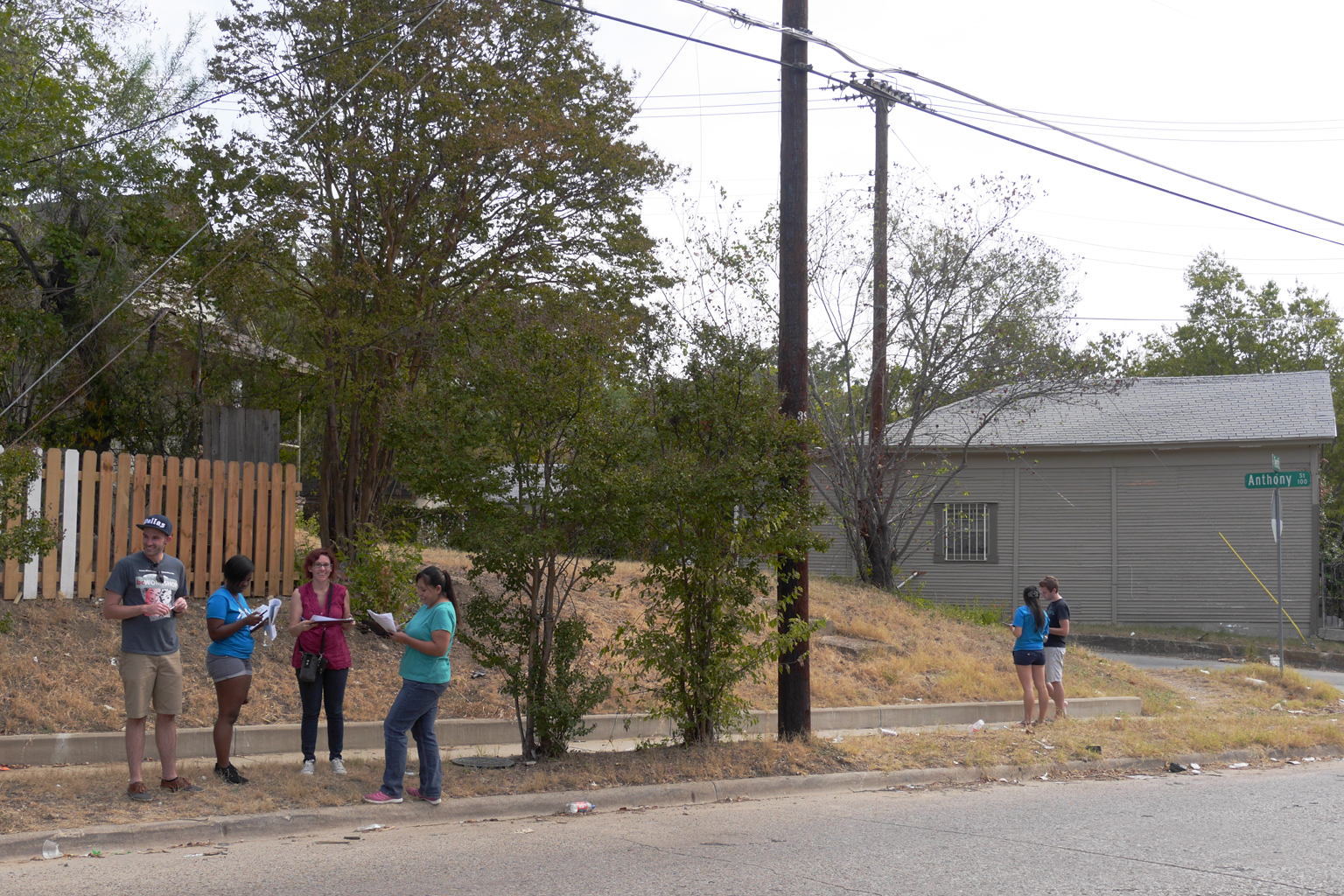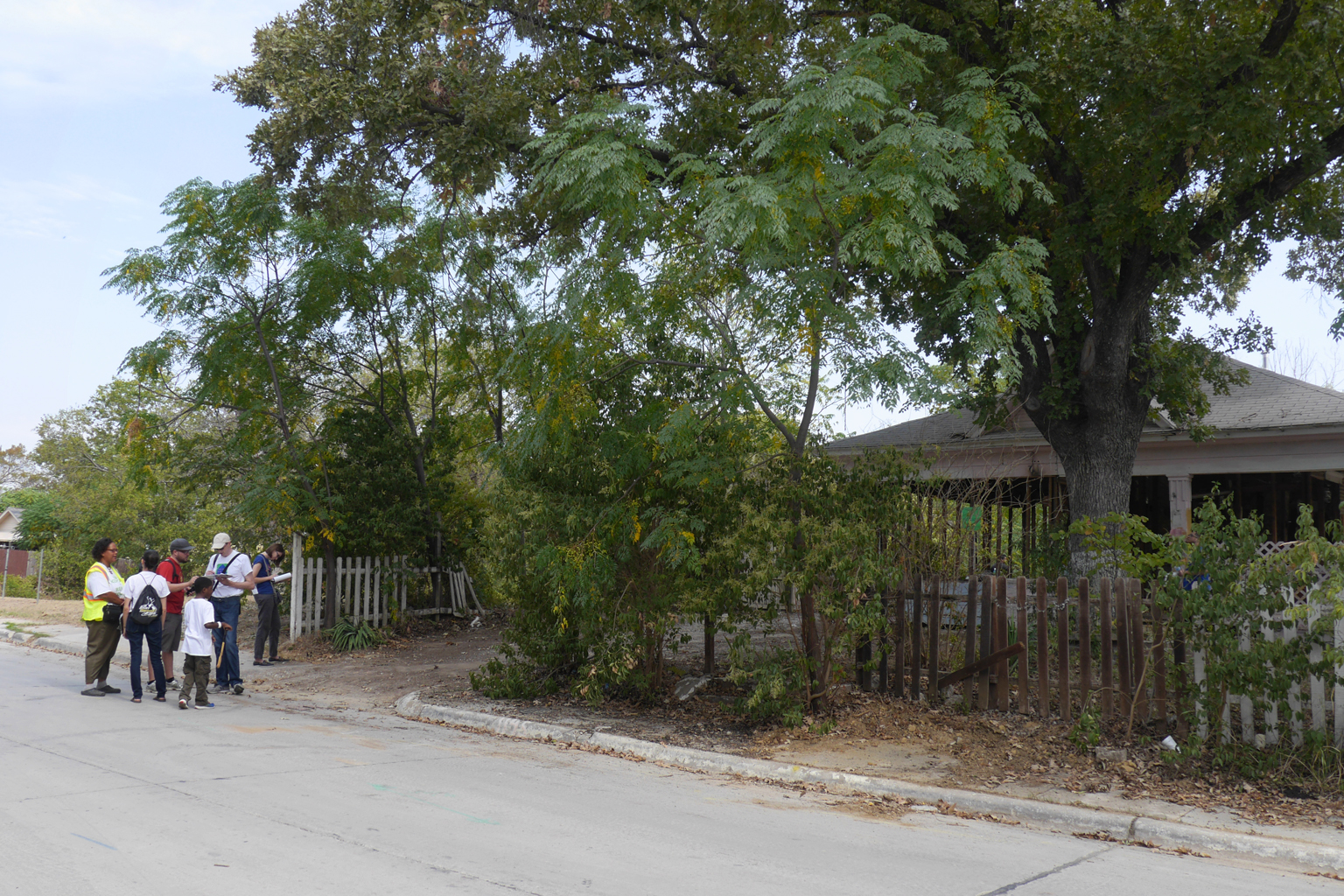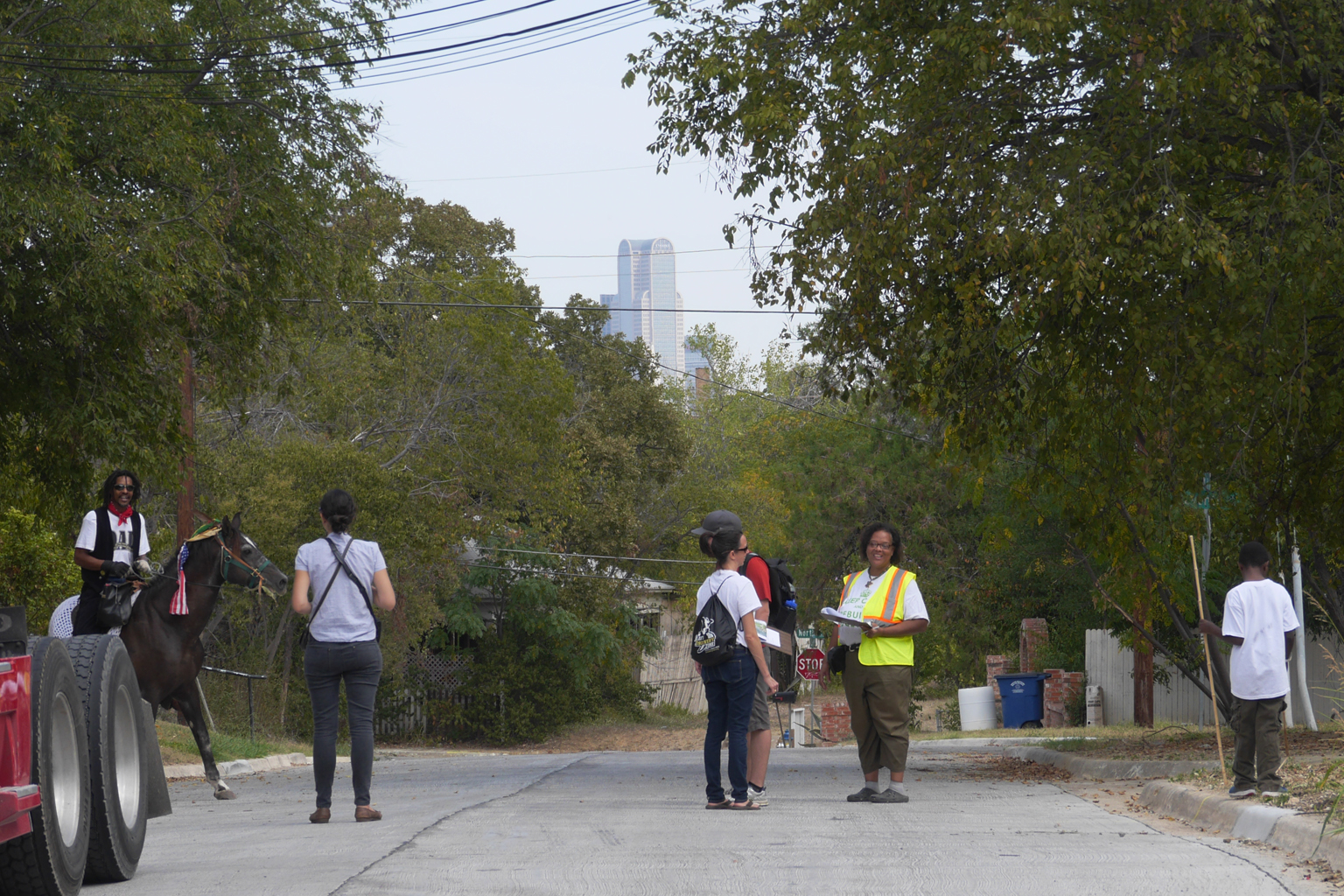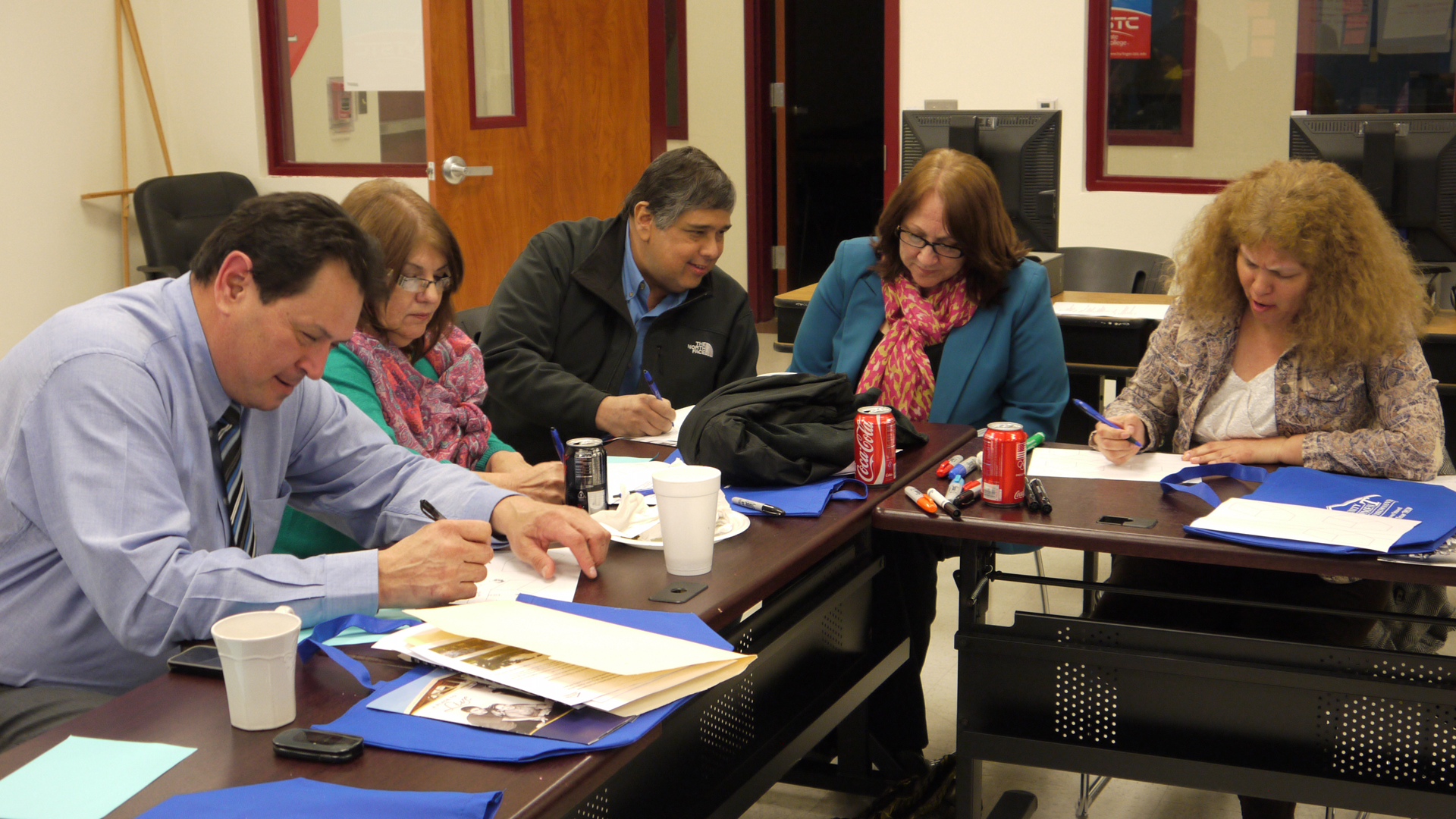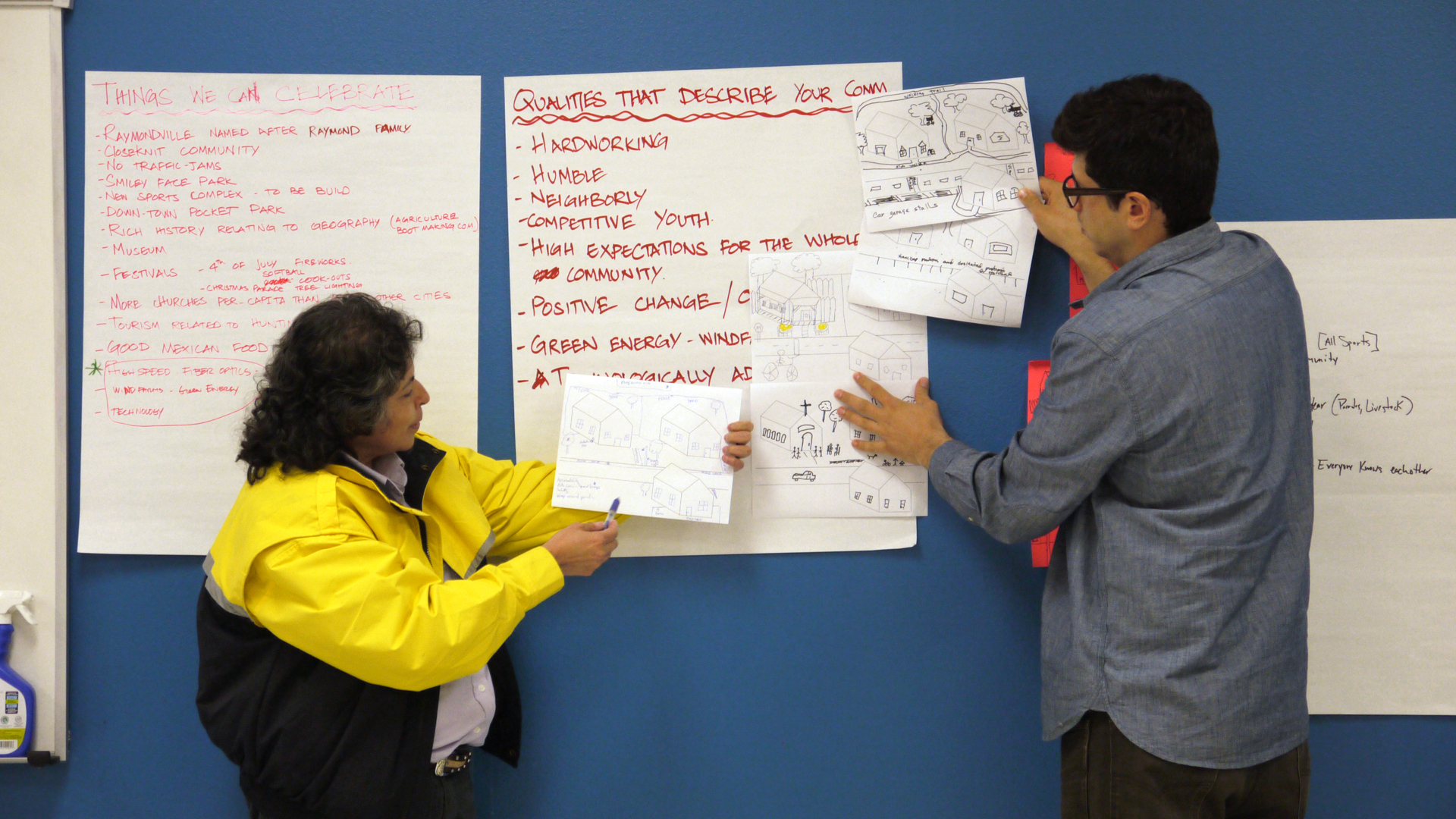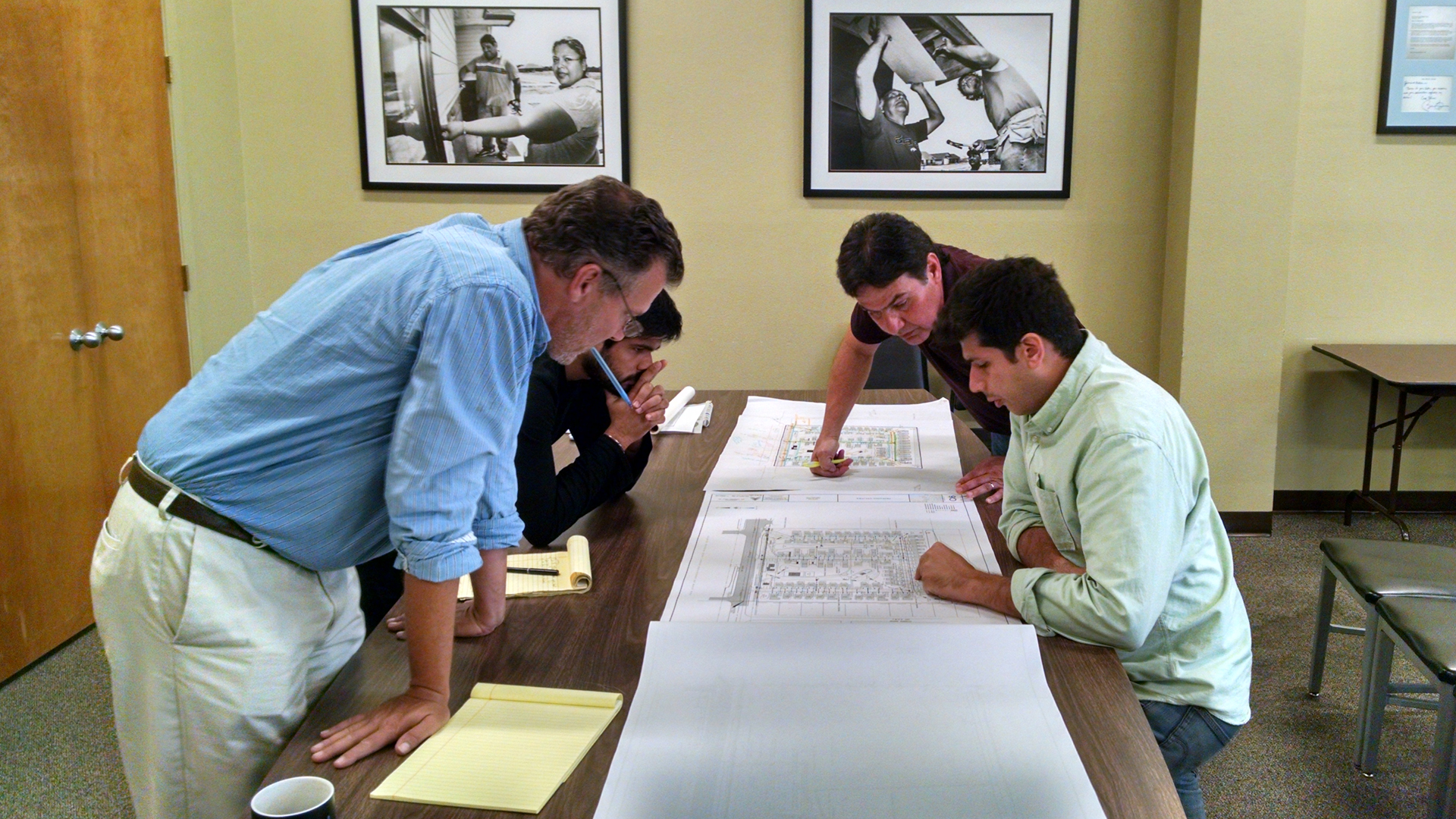Learn more about AIM for Dallas and our other sustainABLEhouse projects.
Affordable Infill Model (AIM) for Dallas is a multi-year project, generously supported by the Citi Foundation, designed to address gaps in the supply and demand for affordable housing in Dallas. The outcome of this process will be a set of solutions intended to guide the city toward a new market-based model for the creation of affordable infill housing through the use of currently vacant land.
To achieve this goal, AIM for Dallas is bringing together experts on the four main components of providing affordable housing: homebuyer preparedness (pipeline), development, policy, and finance. With administrative support from [bc], these experts - who believe that quality housing is a building block in people’s lives by providing stability, building resources and contributing to strong neighborhoods - will convene and set directions for research and solutions. With continual guidance from this assembled team of expert advisors, [bc] will conduct the necessary research to achieve the project goals.
Lab #1, held on Monday, September 29th, 2014, brought together over 30 practitioners working on affordable housing. These experts participated in a day-long session that established the challenges that AIM for Dallas will address. The day started with an exercise in which the practitioners broke out into interdisciplinary groups where they outlined the challenges for each area of project focus: pipeline, development, policy, and finance. In the second exercise, participants were separated by their area of expertise and, through a facilitated discussion, asked to prioritize the challenges outlined in the first session. At the end of the day, the prioritized lists of issues were brought back to the interdisciplinary groups who then identified the relationships between challenges, across the four workstreams. The output of Lab #1 will inform the next stages of the AIM for Dallas process by focusing the research resources on identifying best practices and solutions advanced in other communities.
![[bc]](http://images.squarespace-cdn.com/content/v1/5248ebd5e4b0240948a6ceff/1412268209242-TTW0GOFNZPDW9PV7QFXD/bcW_square+big.jpg?format=1000w)


